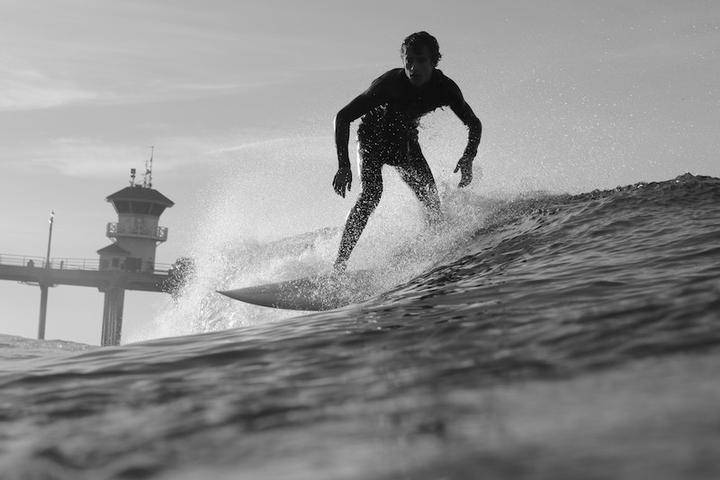As a new surfer, or even an experienced one, there is a chance that you may be doing some things incorrectly. There is no need to worry, though; mistakes are natural and a big part of the learning process. Below, you will find the 10 most common surfing mistakes and how to correct them.
1. USING THE WRONG BOARD
Perhaps the most common mistake among new surfers is choosing a board that is not the right size for them. You want to make sure that you are selecting a board that is appropriate for your skill level. While short boards may look cooler, longer ones are much easier and safer for beginners. You also want to use a board that is “not only the right one for your weight, size, and capability but also that [is] right for the type of waves you’re going to be catching” according to Surfer Today.
2. NOT WARMING UP
It is easy to forget to warm-up before surfing, but even though it isn’t football or gymnastics, it is still a sport. Just like any other sport, warming up is important because it “lubricates the joints and gets the blood flowing in the appropriate places, but most importantly, it sets a state of mind” as stated by The Inertia. So whether it be stretching, a light jog, or some push-ups, make sure you warm up a bit before going out on the water.
3. NOT TRAINING ON DRY LAND
The Inertia mentions the importance of training on dry land. Practicing pop-ups before you go out on the water can be very helpful because it begins to build muscle memory and will make it easier for you to be able to do this on a board. Also practicing stance and balance on land will help you carry that over to the water.
4. NOT HAVING A PROPER STANCE
Proper stance is very important while surfing. You must always keep a low center of gravity to keep your balance. To do this, you must bend your knees and keep a low stance. Make sure not to bend your shoulders or flail your arms; this will throw off your balance.
5. STANDING IN THE WRONG SPOT
You may have your stance down, but if you put your feet in the wrong spot, there is still a good chance of wiping out. When you pop up, you want to put your feet in the center of the board and make sure to keep them parallel to each other.
6. NOT BEING AWARE OF YOUR SURROUNDINGS
When you are out on the water, it is very important to remain alerted and aware of your surroundings. Making sure to pay attention to the currents and tides will ensure your safety on the water and help you refrain from being taken by surprise or wiping out.
7. NOT KNOWING WHICH WAY TO PADDLE OUT
Surfer Today says that when paddling out, make sure to “paddle out wide of the whitewater, rather than going through it.” This will create a much smoother path for you. Once you get out onto the water, find where the “wave is just lifting into its steepest, breaking form” and paddle about five meters beyond that point. This is the place you need to be to catch the wave.
8. BAD TIMING
Timing is everything in surfing, so you want to make sure that you aren’t acting too late or too early. You need to begin paddling as soon as you’ve found the wave that you want to ride. Keep your speed up so that you are in sync with the wave and right as you feel it begin to lift you up, pop up onto your board. The timing of this is critical if you want to refrain from wiping out.
9. NOT WATCHING WHERE YOU’RE GOING
It may be tempting to keep your eyes trained on your board to make sure you are standing correctly, but this will only increase the chances of you wiping out. You want to make sure to look out in front of you and keep your eyes focused on your path.
10. NOT POPPING UP CORRECTLY
When popping up, it is important to keep your body centered, legs together, and hands flat on the board underneath your chest. Do not drag your feet in the water or shift your weight to one side or the other. Think of it as a push-up and use your chest and arms to push your body upwards. This move in particular is a great one to practice on dry land.
Being able to recognize and correct these common mistakes is essential while learning to surf. Surfing takes a lot of strength, balance, and endurance, so always warm up and do not try and push yourself too far if your body can’t handle it. If you take your time and practice frequently, you’ll be out riding waves in no time.











